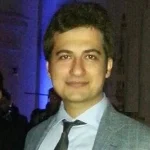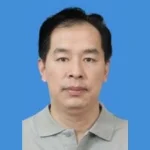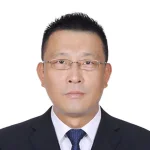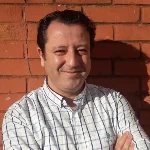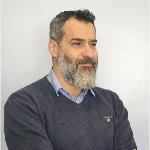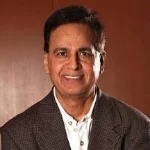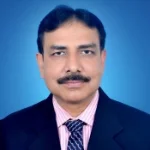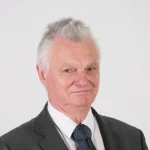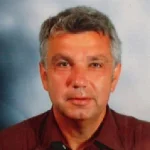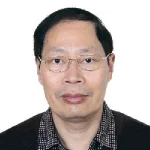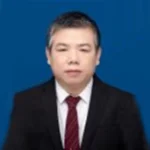Vibroengineering Procedia (VP) ISSN (Print) 2345-0533, ISSN (Online) 2538-8479 publishes as short Conference papers presented at VIBROENGINEERING Conferences. International Conference Series on VIBROENGINEERING is an ideal platform for presenting your recent results in the area of Vibroengineering to the scientific and engineering community Worldwide. Also, International Conference Series on Vibroengineering provides a unique opportunity for building not only your research and industrial network, but also your career in this thriving field of Vibroengineering.
Every consecutive Volume of Vibroengineering Procedia is dedicated to a separate Conference. https://doi.org/10.21595/vp
Articles
The effect of using shell and solid models in structural stress analysis
Editorial board

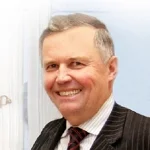
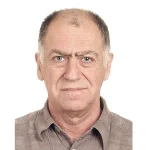


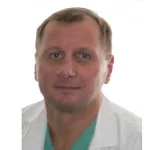
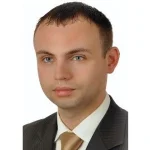
All of Extrica's content is archived in Martynas Mazvydas National Library of Lithuania, which provides permanent archiving for electronic scholarly journals.

